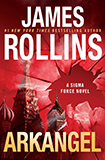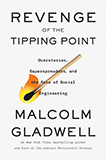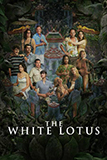The delightful Ellie over at The Lucky Nest has tagged me to participate in the Six Random Things About Me game. As she is the reigning queen supreme of typewriters, irresistibly large dogs, and a whimsical writing style that makes you wish you were her BFF, I must acquiesce to her demands.
Here are the rules of this tag game:
1. Link to the person who tagged you
2. Post the rules on your blog
3. Write 6 random things about yourself
4. Tag 6 people at the end of your post and link to them
5. Let each person you have tagged know by leaving a comment on their blog
6. Let the tagger know when your entry is posted
Six Random Things About Me:
| 1. |  |
Whenever I’m in a bad mood I clean, scrub, sew, and iron. Ironing particularly relaxes me because while I may not be able to remove all the wrinkles in my life, I can do so with my clothes. However, you better watch out when I’m donning my yellow rubber gloves and on my knees the bathroom! Step one toe over the line and you may get a Tilex spray right into the eyes. (image source) |
| 2. |  |
When I was a kid I would buy tons of paper dolls. I would then spend hours painstakingly cutting out every last piece perfectly, then throw everything away. I guess I liked the scissor work better than the dolls themselves. (image source) |
| 3. |  |
I was a total nerd in my teenage years. Big glasses. Bad hair with bad bangs. Braces. I even wore orthodontic headgear! I was ashamed of my chest and hid behind loose, oversized men’s shirts. I was painfully shy and would tremble when talking to boys. At the age of 17, when I had still yet to kiss anyone, let alone score a boyfriend, my mother asked me, “You like boys, right? I mean, you’re not a…lesbian…are you?” (image source) |
| 4. |  |
I learned today that 111,111,111 x 111,111,111 = 12,345,678,987,654,320 (image source) |
| 5. |  |
As my family was preparing to immigrate to the US 20 years ago, I thought that American streets would be filled with horse-drawn carriages, the men would be dressed in 3-piece suits with tophats, and the women would wear long poofy gowns à la the 19th century. Boy was I disappointed to see cars and people wearing the same clothes as they did back in Korea! (image source) |
| 6. |  |
I have a thing about strangers touching me – namely, that they shouldn’t. For this reason I never get manicures, pedicures, facials…even massages! I guess this is a good thing in the long run, because I save tons of money by never seeking these services that so many women desire. (image source) |
I tag:
- sadelion23
– Sandy is smart as a whip, creative, hilarious, and all too adorable. She may be small in stature but her larger-than-life personality will rock your socks off and keep you laughing throughout the night. - Onigiriman – The O-Man has always been, and always will be, one of my favorite blogs. His writing and fanbase speaks for itself.
- spiritedsherry
– Sherry is one of those people you want to hate because everything about her seems so perfect…but you end up falling in love with her because she’s so irresistible! - inspire & be inspired
– Wai Sze is currently on her way to Costa Rica in celebration of her first year wedding anniversary…but I’m sure this sweet, DIY diva will join in when she returns! - Pink Thumb
– I always considered myself a city girl, but this lovable, hard-working domestic goddess has single-handedly made me consider moving to the suburbs just to start a garden. - jigg
– Ray is living proof that a man can write passionate, articulate, and personal blogs. I have been reading his blog for years and I always find myself looking forward to his updates and musings.

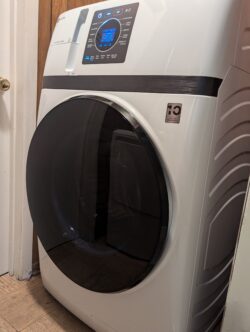
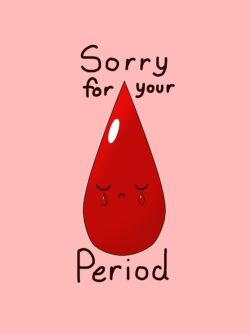
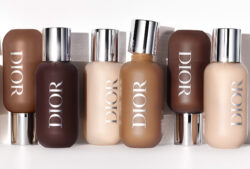
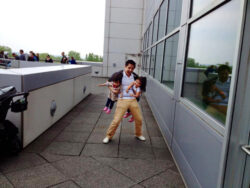
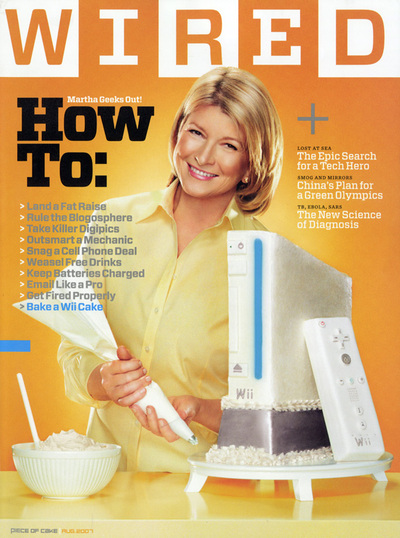
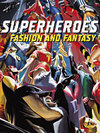
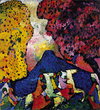

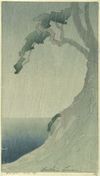
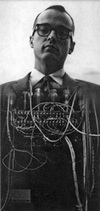
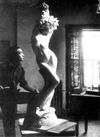
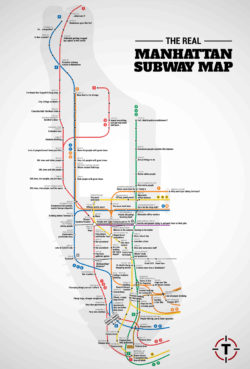
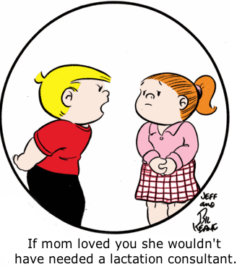
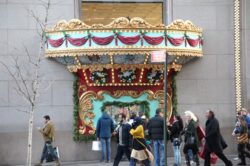
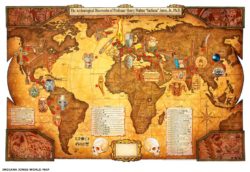
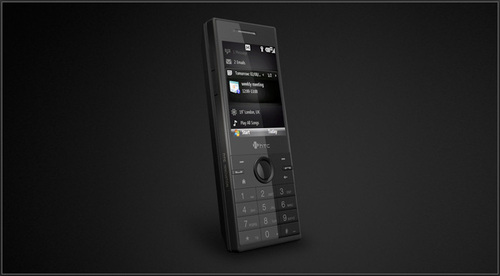
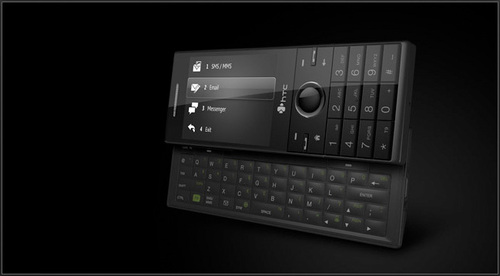
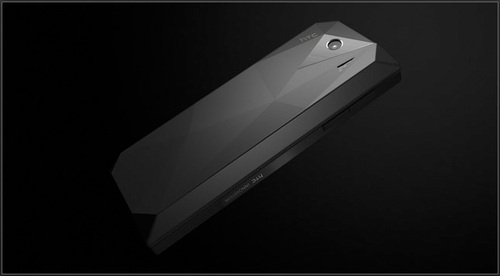
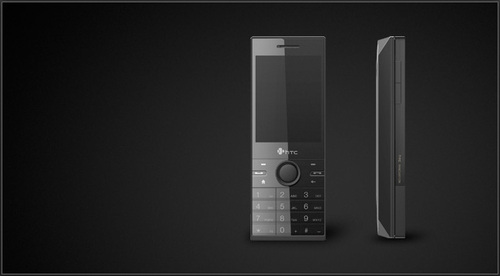

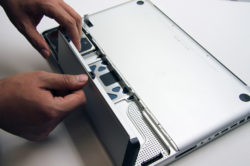
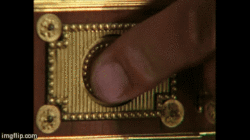
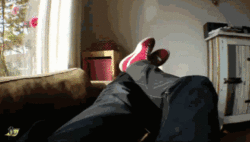


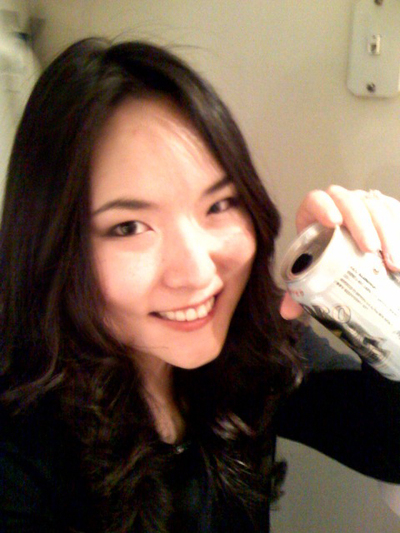
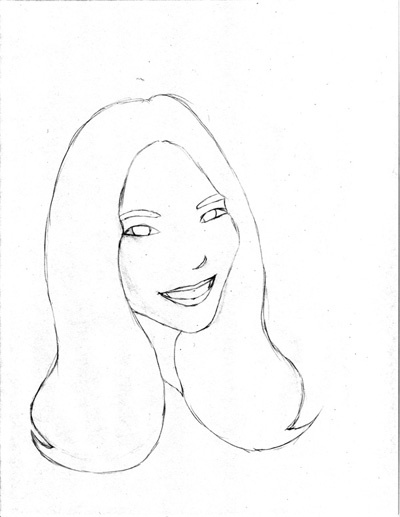
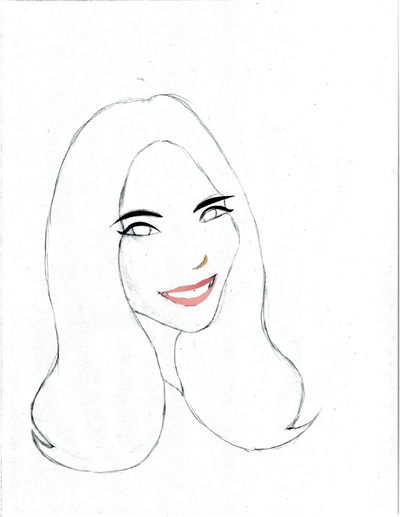
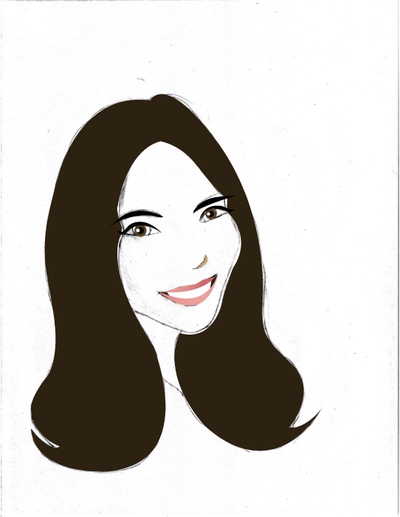

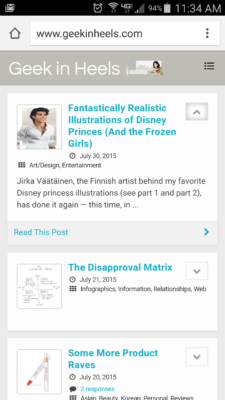
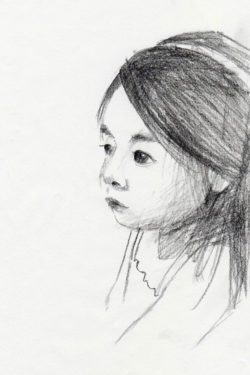
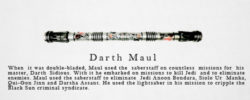
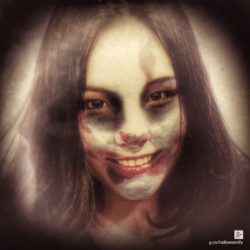



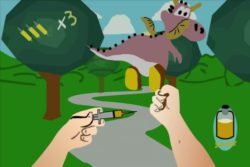
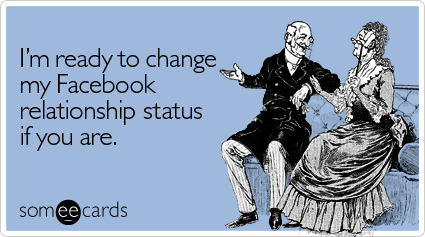

 I like books, gadgets, spicy food, and art. I dislike shopping, hot weather, and the laws of entropy. Although I am a self-proclaimed computer nerd, I still have a love for handbags and makeup... and I am always teetering on high heels. To learn more about me, visit the
I like books, gadgets, spicy food, and art. I dislike shopping, hot weather, and the laws of entropy. Although I am a self-proclaimed computer nerd, I still have a love for handbags and makeup... and I am always teetering on high heels. To learn more about me, visit the 